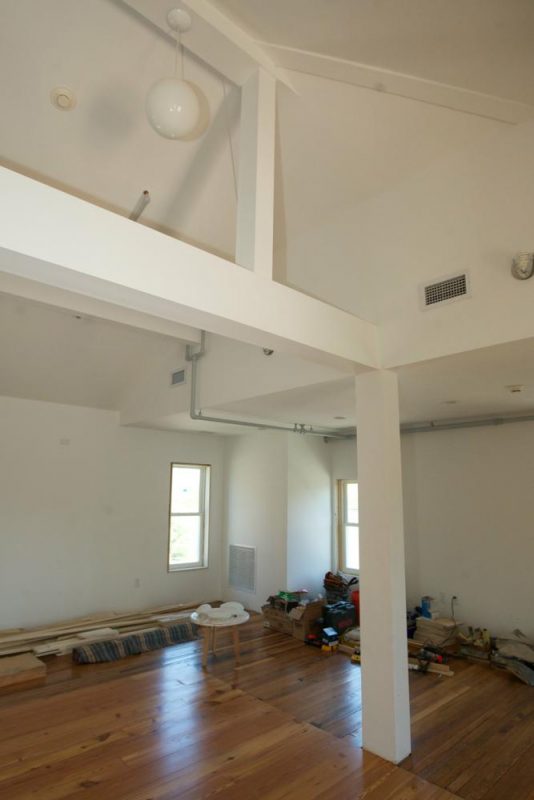 601 Tully, a new Near West Side community art space, café, classroom and teaching garden; will open its doors to the public for the first time since its renovation on Thursday, June 30, 2011, from 4:30 – 6:30 pm. The open house, hosted by Marion Wilson, Director of Community Initiatives in the Visual Arts, will mark the culmination of two years of design and renovation to the space, much of which was completed by Wilson’s students in her interdisciplinary Social Sculpture course at Syracuse University. Faculty, students, staff and community members are welcome to attend.
601 Tully, a new Near West Side community art space, café, classroom and teaching garden; will open its doors to the public for the first time since its renovation on Thursday, June 30, 2011, from 4:30 – 6:30 pm. The open house, hosted by Marion Wilson, Director of Community Initiatives in the Visual Arts, will mark the culmination of two years of design and renovation to the space, much of which was completed by Wilson’s students in her interdisciplinary Social Sculpture course at Syracuse University. Faculty, students, staff and community members are welcome to attend.
A public artist involved in social issues, Wilson saw opportunity when an abandoned house across from Blodgett School on the Near West Side, at 601 Tully Street, came up for sale for $1. As a class project Wilson and her students took action, preparing zoning applications and collecting neighbors’ signatures on petitions. After many months, focus group meetings, and grant applications, the final plans for the 601 Tully building were agreed upon, and the ground breaking took place in fall 2010.
While contractors took on the major structural changes in the past year, the students in Wilson’s class created furniture and fixtures from recovered materials to fill the renovated space. The final touches have included an accessible ramp and deck and planting a teaching garden.
This once vacant, falling-down building has been transformed into a bright, gathering place for the creative youth of the neighborhood. In the fall, the site will be home to a satellite of Cake Kubal, and SU classes and community art workshops will also be held. The business operations, including the café and gallery, will be run with the help of students from the Fowler High School Business Academy.
Wilson says, “601 Tully is meant to be very porous between artists, architects, designers, community members, and teachers to meet and gather to engage in the co-production of new culture.”
